Medical Ultrasound Awareness Month – celebrating the society’s sonographer members
Each October, the Society of Radiographers highlights the often unsung work of sonographers. Here the SoR Ultrasound Advisory Group sets out why this is such a valuable area of radiography
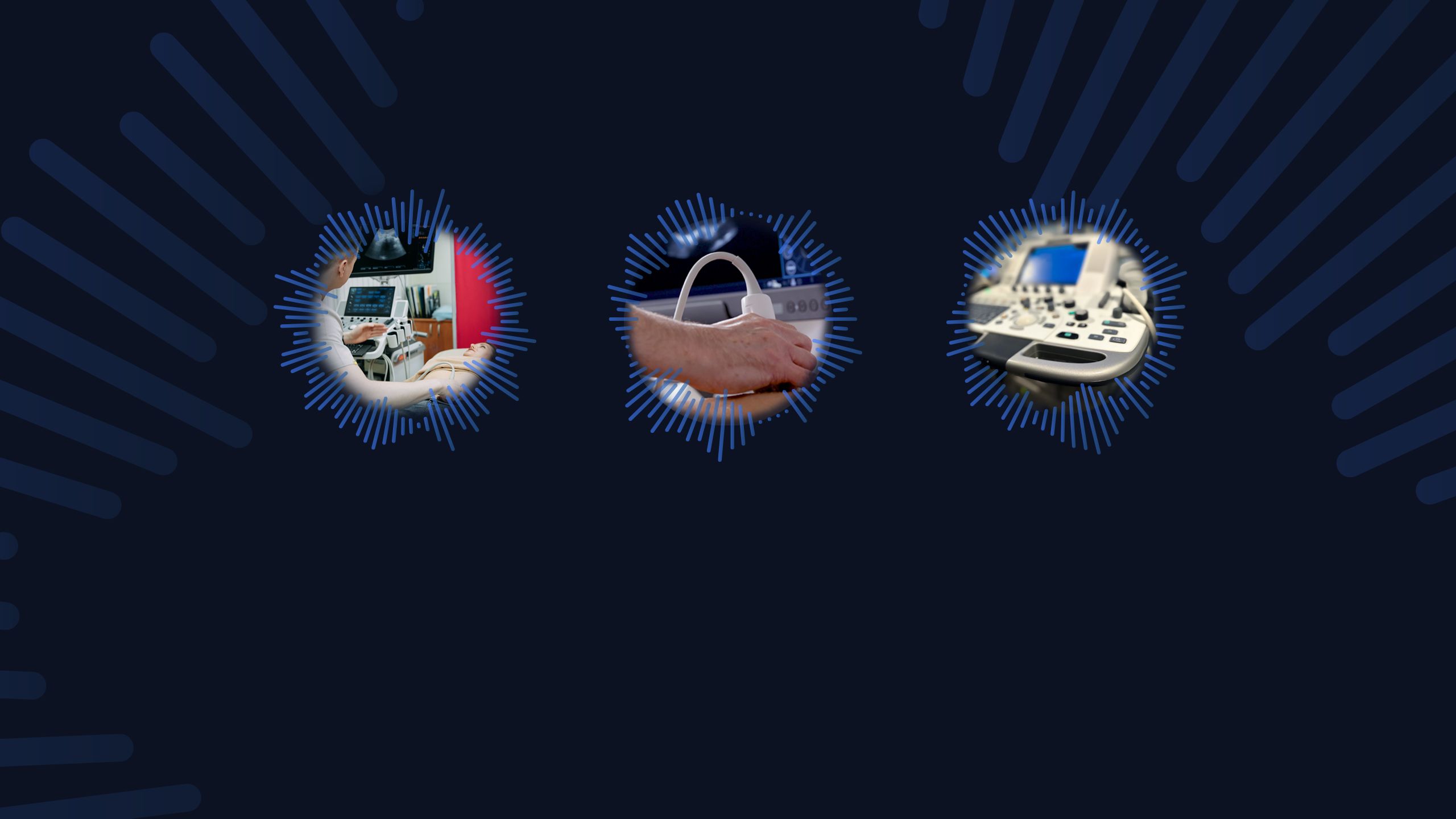
Medical Ultrasound Awareness Month – celebrating the society’s sonographer members
Each October, the Society of Radiographers highlights the often unsung work of sonographers. Here, the SoR Ultrasound Advisory Group sets out why this is such a valuable area of radiography

Ellen Dyer, Holly Spencer, Catriona Hynes and Gill Harrison on behalf of the SoR Ultrasound Advisory Group
Ellen Dyer, Holly Spencer, Catriona Hynes and Gill Harrison on behalf of the SoR Ultrasound Advisory Group
The Society of Radiographers first celebrated Medical Ultrasound Awareness Month (MUAM) in 2018 and every October the Ultrasound Advisory Group helps the SoR to mark the occasion. This year we want to highlight and celebrate the many things sonographers do, which sometimes go unnoticed but make all the difference to the people we care for, work with and teach.
Sonographers are…
(scroll to reveal)
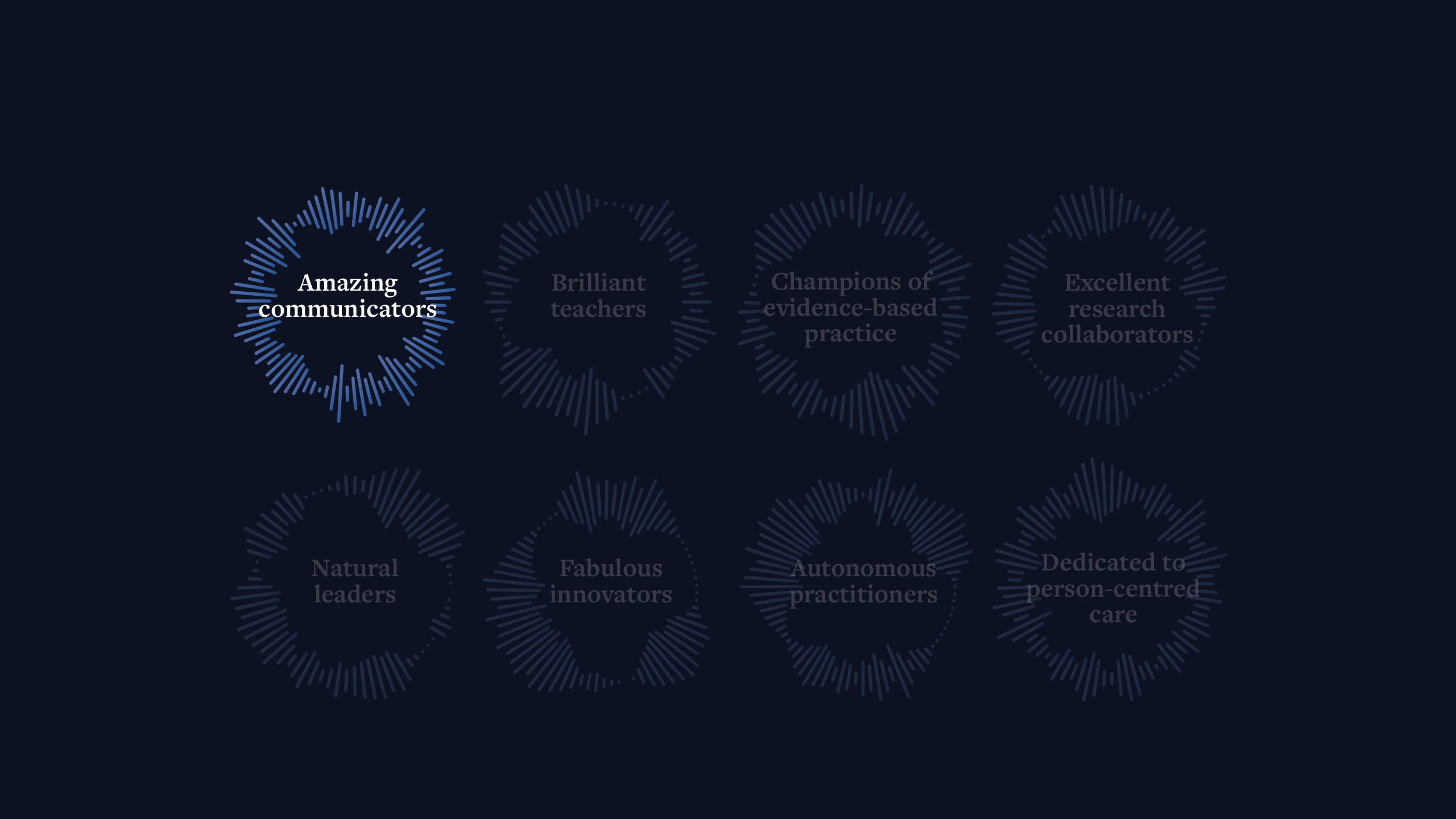
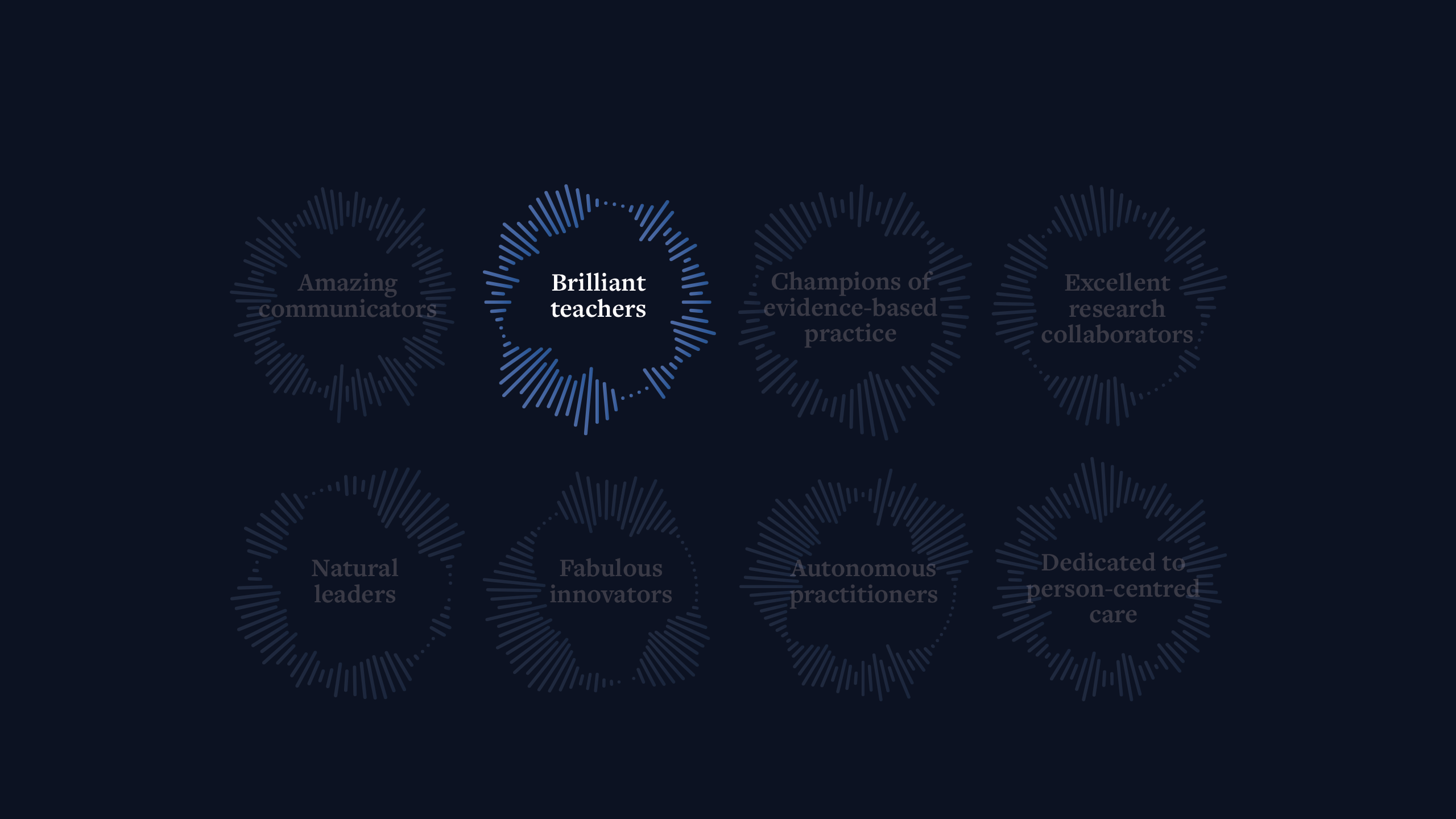
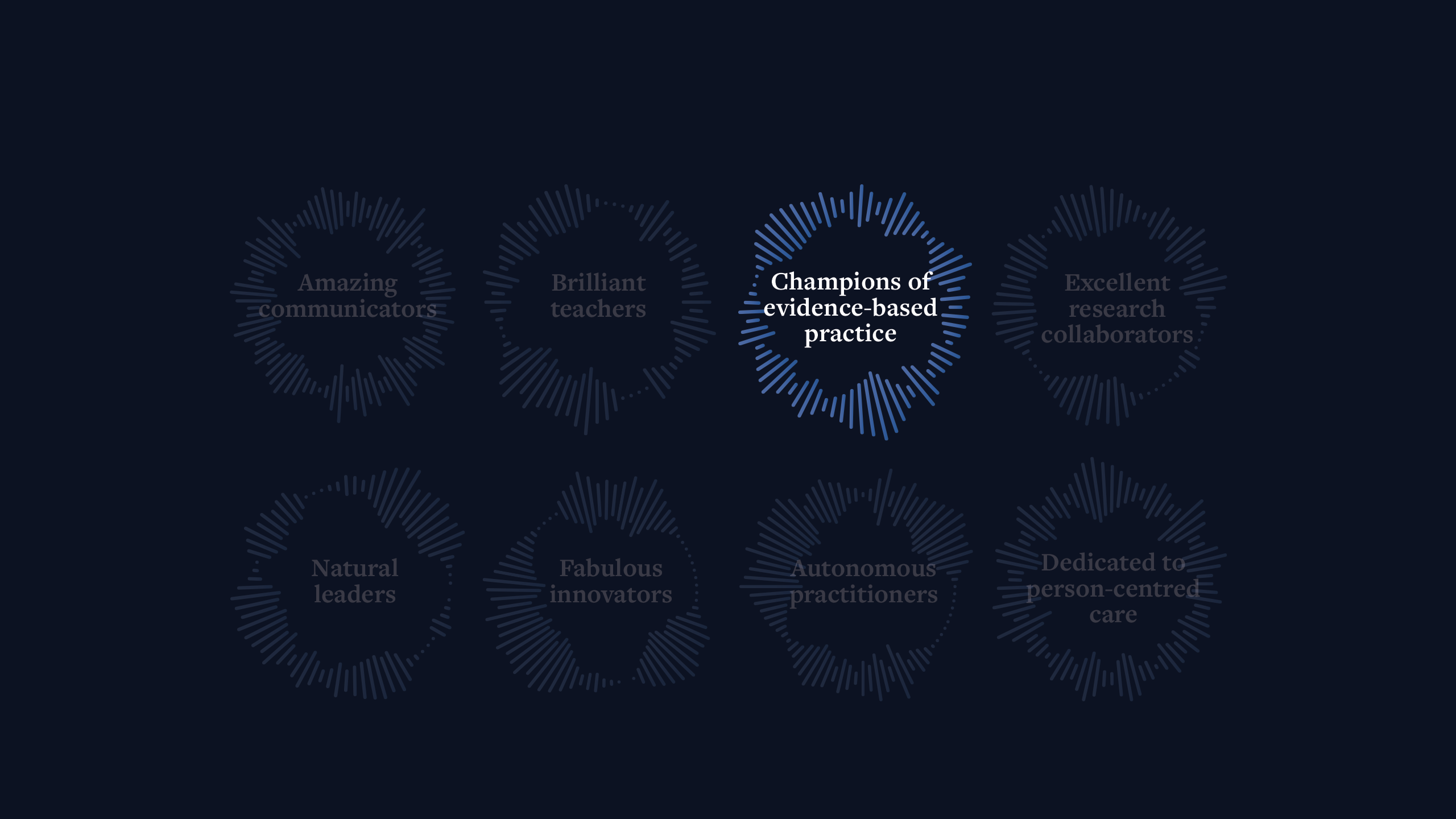
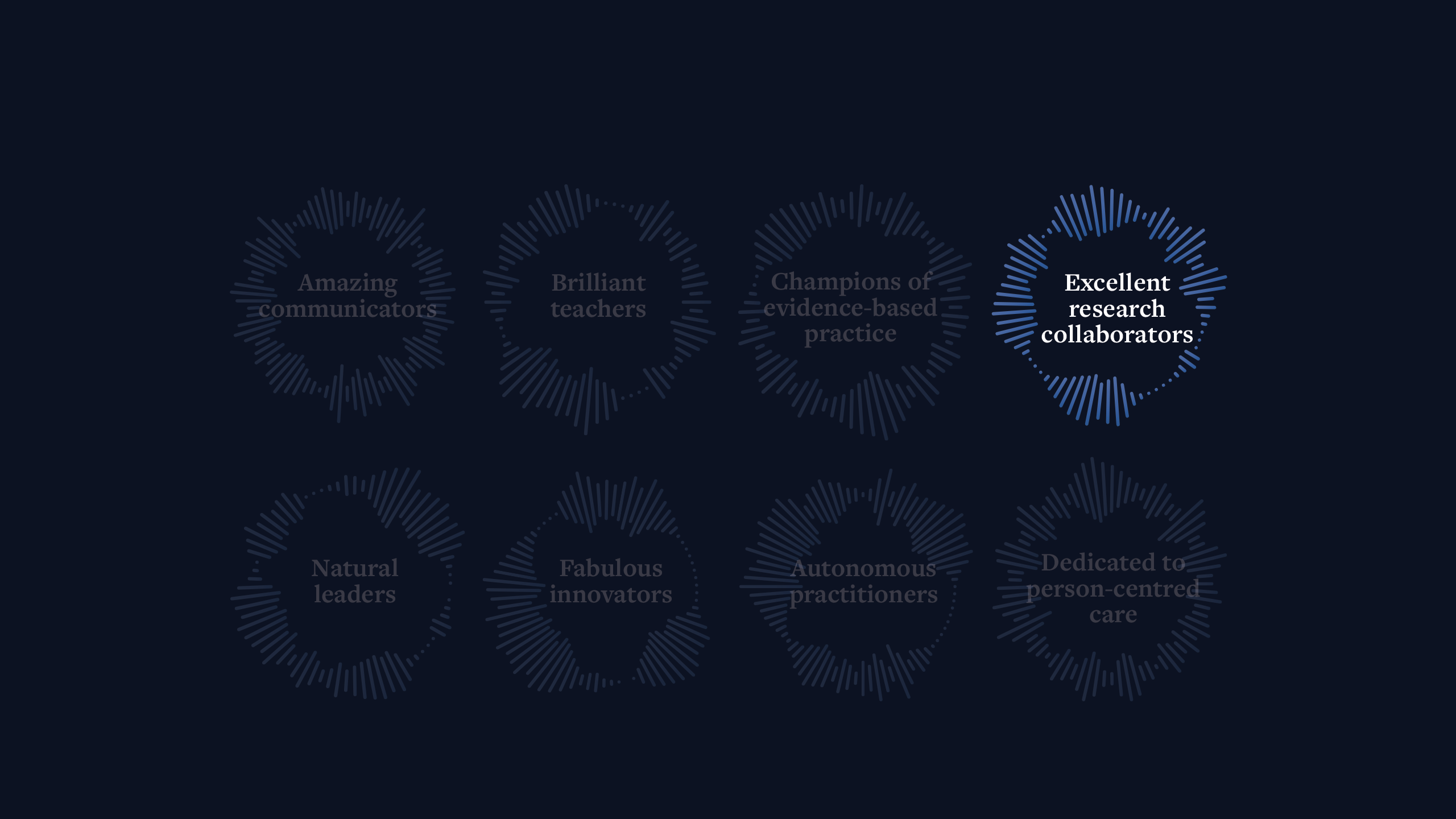
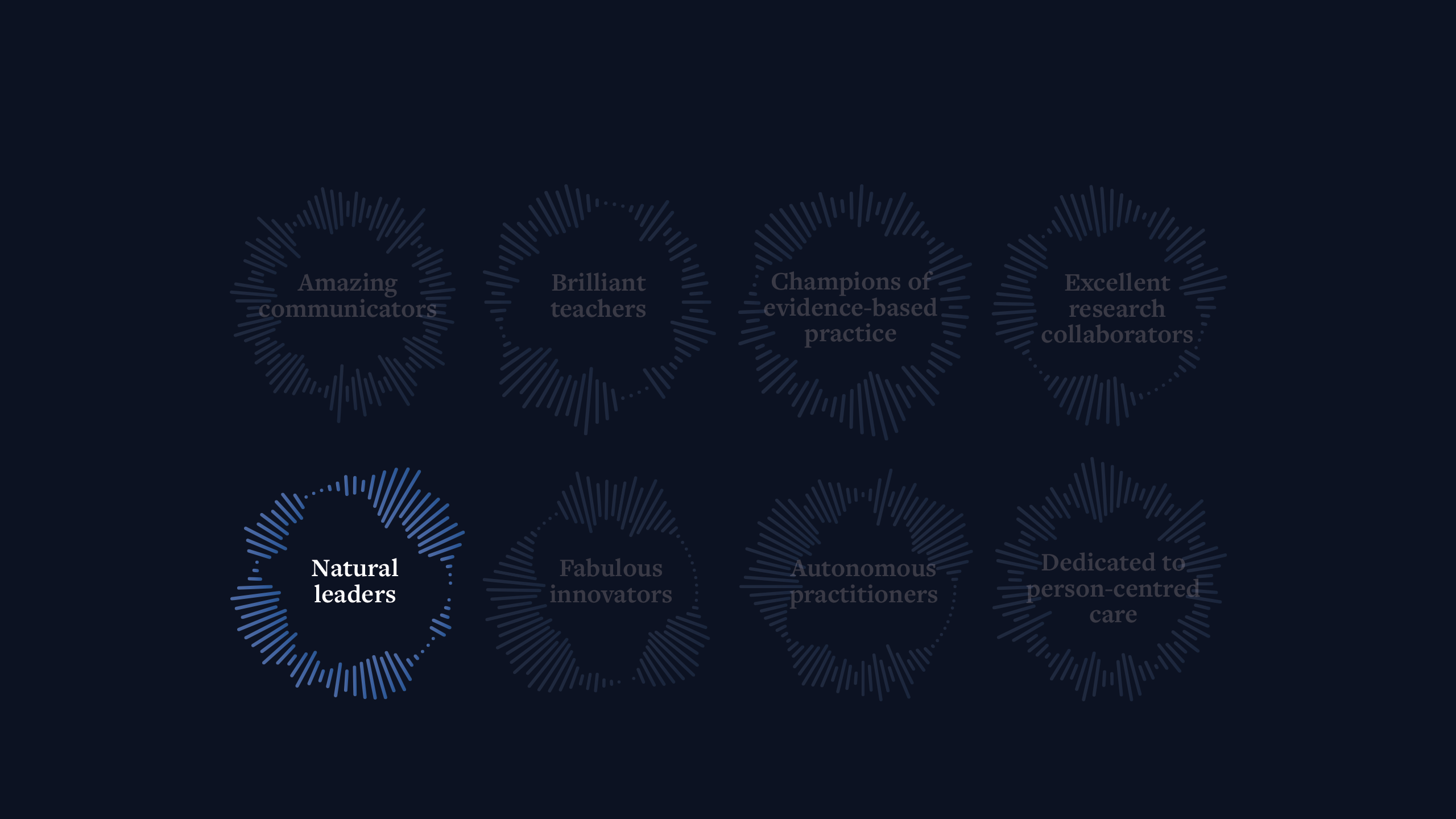

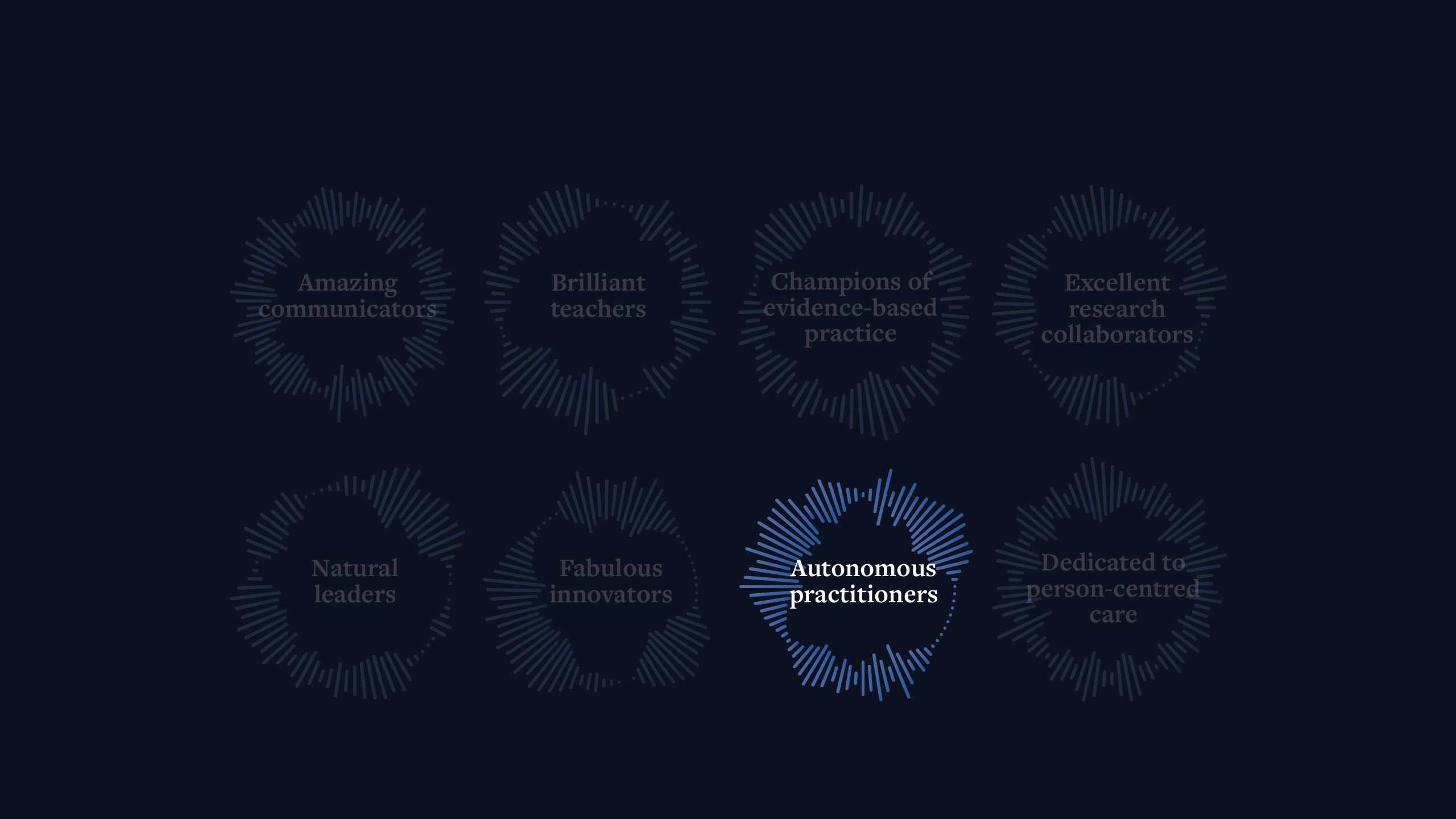
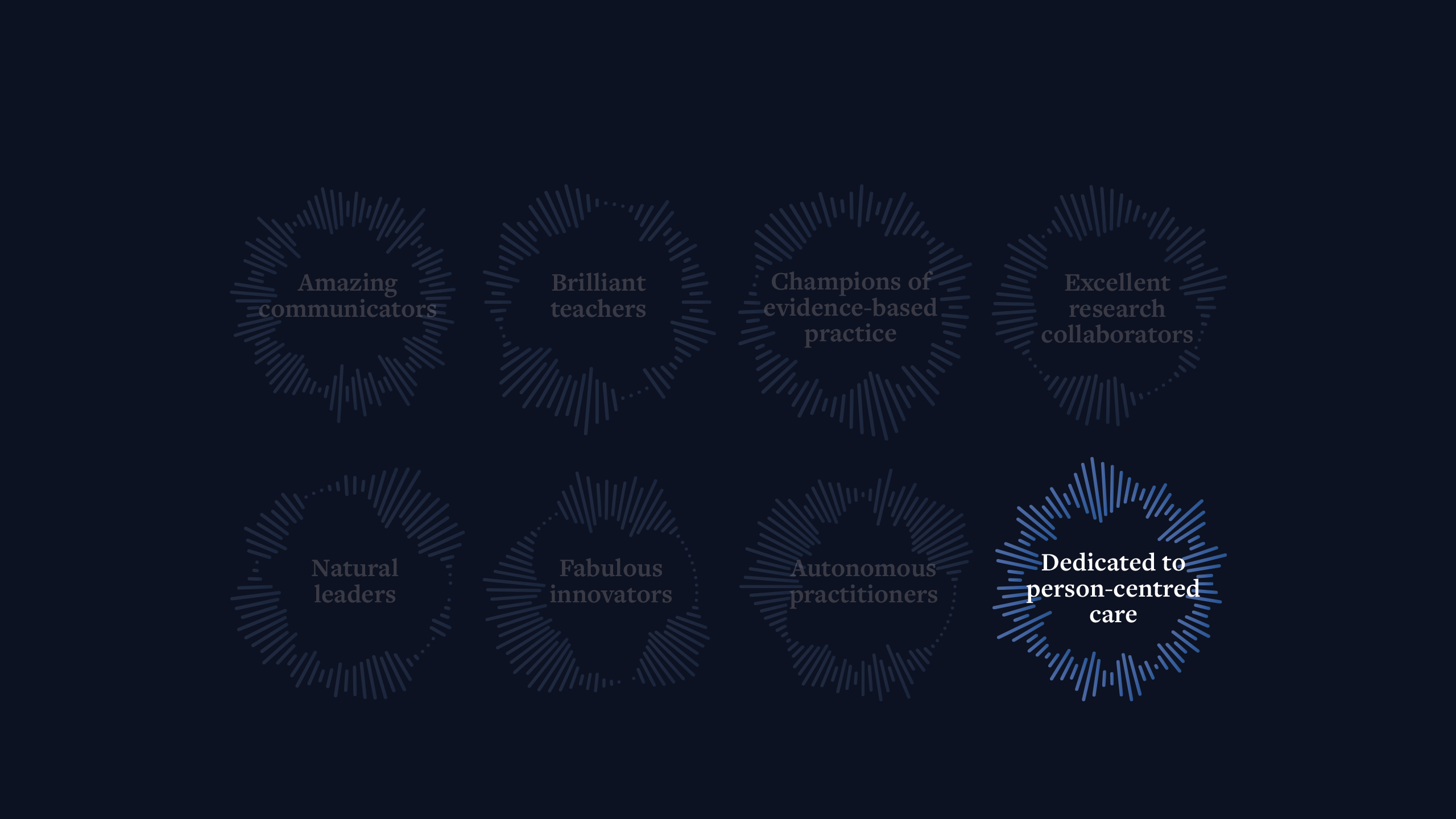
One of the key skills of a sonographer is the ability to react to the needs of the patient or service user. Sonographers are emotionally astute and intelligent listeners who are often expected to deliver unexpected or uncertain scan findings to patients. The real-time nature of ultrasound means that sonographers must be able to communicate scan findings immediately to patients clearly, concisely and compassionately.
Ultrasound is more widely used within the hospital environment than ever before. The Society of Radiographers recognises that an ultrasound machine in untrained hands can be dangerous. Sonographers are at the forefront of ultrasound teaching and are ambassadors for the safe use of ultrasound in practice. They pride themselves on providing high-quality, practical training to both trainee sonographers and other health professionals.
Evidence-based practice is the cornerstone of modern healthcare. Sonographers readily embrace their responsibility to implement this principle and keep up to date by reading articles, attending study days and routinely utilising a wide variety of other learning resources.
Recent emphasis on stakeholder engagement from the National Institute for Health and Care Research (NIHR) means that sonographers are starting to have a greater influence on research priorities and delivery. They are in a unique position to identify research topics that can make a real difference to patients. There are many sonographers contributing to a wide variety of research, including trial oversight groups and working parties for large randomised controlled trials. There are also a growing number of sonographers with (or working towards) doctoral awards, and these independent researchers are strengthening the voice of sonographers within the wider research community.
Many sonographers practice autonomously, making and actioning clinical decisions in real time. They manage their individual workload, ensuring effective patient throughput while supporting their colleagues and responding dynamically to the ever-changing clinical environment. Often, sonographers contribute to wider service needs by assuming additional roles and responsibilities within their department. Further afield, at a regional or national level, sonographers can advocate for their profession and its service users by contributing to policy, guidance, professional standards, workforce innovations and educational initiatives.
Sonographers are pragmatic by nature but also ambitious in their vision for high-quality patient care. Multi-disciplinary team working is key to developing effective patient pathways. Sonographers’ extensive knowledge of ultrasound gives them a unique opportunity to contribute to the development of new services and ways of working.
Scanning is a very practical skill, but it also involves both logical and lateral thinking. Sonographers don’t just scan one system in isolation. If necessary, they can extend scans to image other areas of clinical significance; for instance, the incidental finding of an ovarian tumour or short cervix on a pregnancy scan. This can have a significant impact on better patient management and outcomes.
Waiting times for non-obstetric ultrasound remain long – 16.5% of patients wait more than six weeks. Coupled with a chronic national workforce shortages, many sonographers are working extra shifts and performing extra scans on very busy lists to try and expedite scans.
Sonographers look at the whole person, not just the scan, and they talk to patients/service users about their signs and symptoms to help aid diagnosis. They can ensure appropriate and prompt onward referrals to improve patient care; for example, referral to physiotherapy for pregnancy-related pelvic girdle pain, or arranging urgent medical review or referral when required. Where necessary, sonographers advocate for our patients’ best interests with the multi-disciplinary team. They make every contact count!
Sonographers are a force to be reckoned with, and we thank them all for their dedication to the profession.
More about Medical Ultrasound Awareness Month
Medical Ultrasound Awareness Month (MUAM) is an annual event held in October that aims to highlight the role of sonographers in the medical community and to help educate the public about medical ultrasound.
Find out more about the SoR’s support for MUAM here.
Image credit: Getty Images
Read more



